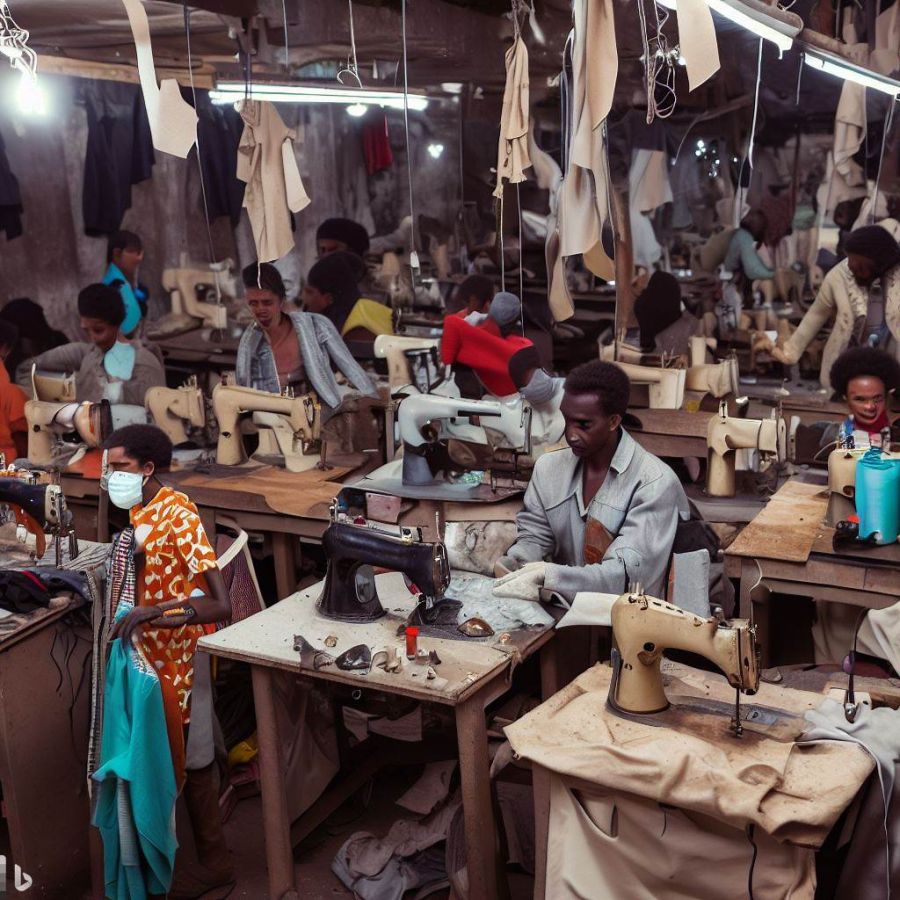Social and labour impacts of the clothing industry

The clothing industry has a profound social and labour impact, particularly in poor countries where many clothing manufacturing facilities are located. These impacts can be both positive and negative, shaping the lives and livelihoods of millions of people. In this essay, we will explore the social and labour impacts of the clothing industry in poor countries.
One of the positive social impacts of the clothing industry is job creation. The industry provides employment opportunities for a significant number of people, particularly women. In many developing countries, the clothing industry is one of the largest employers, offering jobs to individuals who may otherwise struggle to find work. These jobs can provide a source of income and contribute to poverty reduction, empowering individuals and their families to improve their living standards and access essential services such as education and healthcare.
However, there are also significant challenges and negative labour impacts associated with the clothing industry in poor countries. One of the most pressing issues is poor working conditions. Many clothing manufacturing facilities in these countries are characterized by low wages, long working hours, and unsafe working environments. Workers may face harsh conditions, including exposure to hazardous chemicals, inadequate ventilation, and physical strain from repetitive tasks. These conditions can lead to health problems and pose risks to workers' safety and well-being.
Furthermore, labour rights violations are a major concern in the clothing industry. Workers may face exploitation, including forced labour, child labour, and denial of basic rights such as freedom of association and collective bargaining. Many workers lack job security, with temporary contracts and a lack of social protections. These labour rights violations are often driven by intense competition, pressure to meet deadlines, and cost-cutting measures within the industry.
The social impacts of the clothing industry extend beyond the factory walls. The influx of clothing manufacturing facilities often leads to rapid urbanization, with the establishment of industrial zones and migration of workers from rural areas to cities. While this can create opportunities, it also presents challenges such as overcrowded and inadequate housing, increased strain on public services, and social dislocation.
The gender dynamics within the clothing industry also warrant attention. Women make up a significant portion of the workforce, and their employment in the industry can contribute to their empowerment and financial independence. However, gender discrimination and unequal treatment persist, including lower wages compared to their male counterparts and limited opportunities for advancement into management positions. There is a need to address these gender disparities and promote gender equality within the industry.
To address these social and labour impacts, several measures can be taken. Firstly, it is crucial to promote and enforce labour standards and regulations, ensuring that workers' rights are protected. This includes providing fair wages, safe working conditions, and the right to organize and bargain collectively. Governments, industry associations, and international organizations play a crucial role in establishing and enforcing these standards.
Additionally, greater transparency and supply chain accountability are essential. Brands and retailers should take responsibility for the working conditions in their supply chains, ensuring that their products are produced under ethical and socially responsible conditions. This can be achieved through the implementation of certification schemes, independent audits, and transparency initiatives that allow consumers and stakeholders to make informed choices.
Investing in worker training and capacity-building programs can also contribute to improving labour conditions. By providing workers with the necessary skills and knowledge, they can be empowered to demand better working conditions and access higher-paying jobs. Moreover, supporting initiatives that promote women's empowerment and gender equality can help address the gender disparities within the industry.
In conclusion, the social and labour impacts of the clothing industry in poor countries are complex and multifaceted. While it offers employment opportunities, it also presents significant challenges such as poor working conditions, labour rights violations, and gender disparities. Addressing these issues requires a collaborative effort involving governments, industry stakeholders, and civil society to establish and enforce labour standards, promote transparency, and invest in worker training and empowerment programs.








